The following comes from Jonathan Swift, who recently interviewed with United Airlines for their AVIATE program (NOT the Academy). Despite 6-figure salaries, the airline industry cannot hire enough qualified pilots. United expects U.S. carriers will need 10,000 new pilots in 2023, but only expect 6,600 qualified candidates.
It’s no secret that the costs and years of training required to become an airline pilot are the biggest discouragement to many people who would otherwise pursue the career.

To help with this problem, United launched AVIATE. It’s their own training program to address the shortage, and diversify the workforce. United is the first major U.S. airline to start its own flight school. We hope Jonathan’s advice from his own interview experience helps anyone thinking about applying themselves.
Applying and getting an interview
I finished flight school over a year ago, and wanted to check out the United Aviate program because it helps you get hired at partner 135s like AmeriFlight, JSX, and others. After you have “X” amount of hours, you can transfer to United without having to interview again, as long as you still meet their criteria. (‘x’ because the requirements differ by follow on program)
Given that I’m a low hour comm multi guy, I figured it would be a good thing to do. The experience can open more doors in the future, expose me to what it’s like to interview with a big company, and help me possibly get hired at a 135 operator a little sooner.
It was a long application online and felt like it took forever. Once I submitted it, I didn’t hear back for over a month. I did have a letter of recommendation from the 67 year old King Air captain I flew with, who was a 30 year United pilot and recently retired.
I finally got an email asking me to do a personality assessment, and then waited another 1.5 – 2 months. Finally got an invite for an interview at their big training center in Denver, with the flights there and back covered by United.
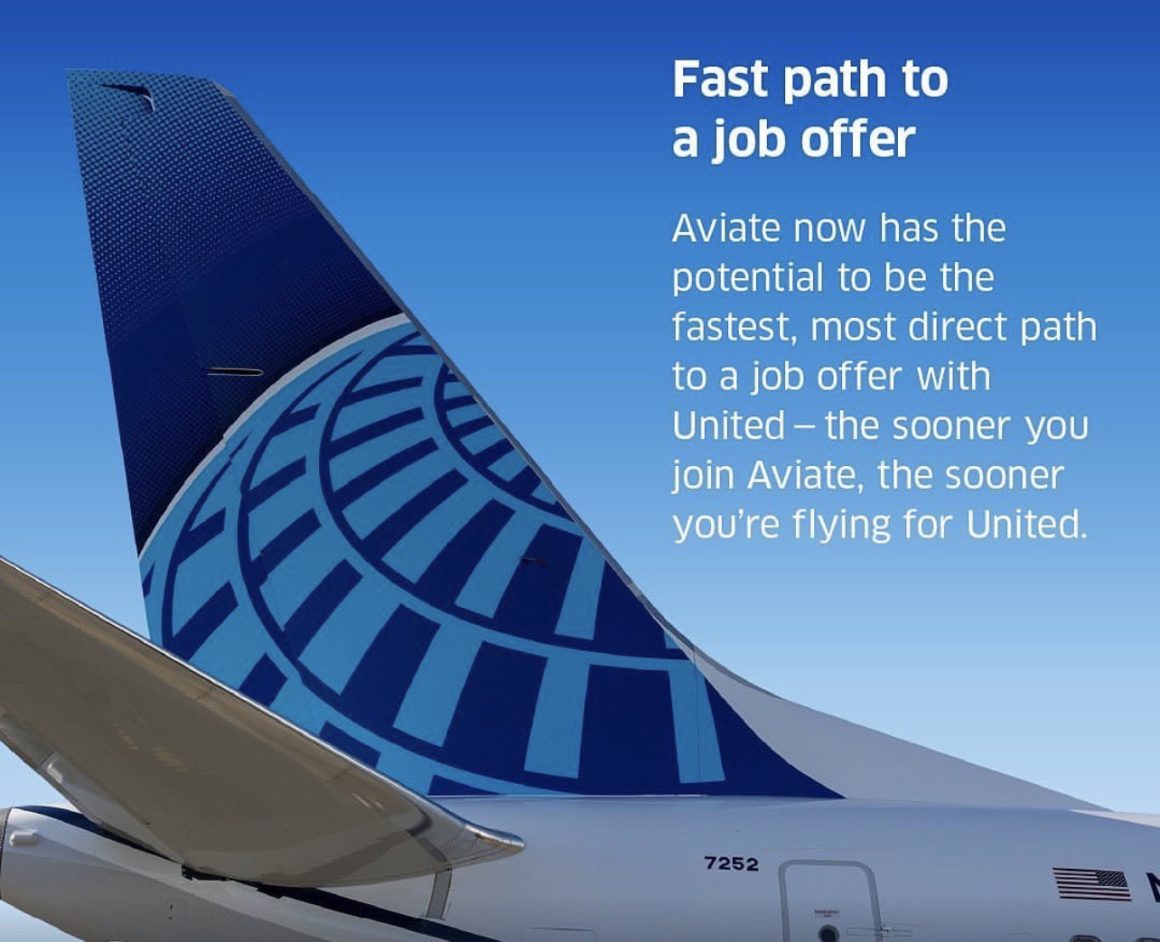
Preparation for interview
Aviate wanted me to prepare a flight plan, VFR or IFR, and have all performance specs calculated, math done, everything considered. I went overboard, and completed it the night before so I could have the most accurate and up-to-date weather. It was pages of performance calculations, weight and balance, times, maps, NOTAMS, WX, all printed out.
I threw it all in a 3-ring binder and printed a big “United” logo on the cover with my name on top. More detailed than any check ride prep I had done before.
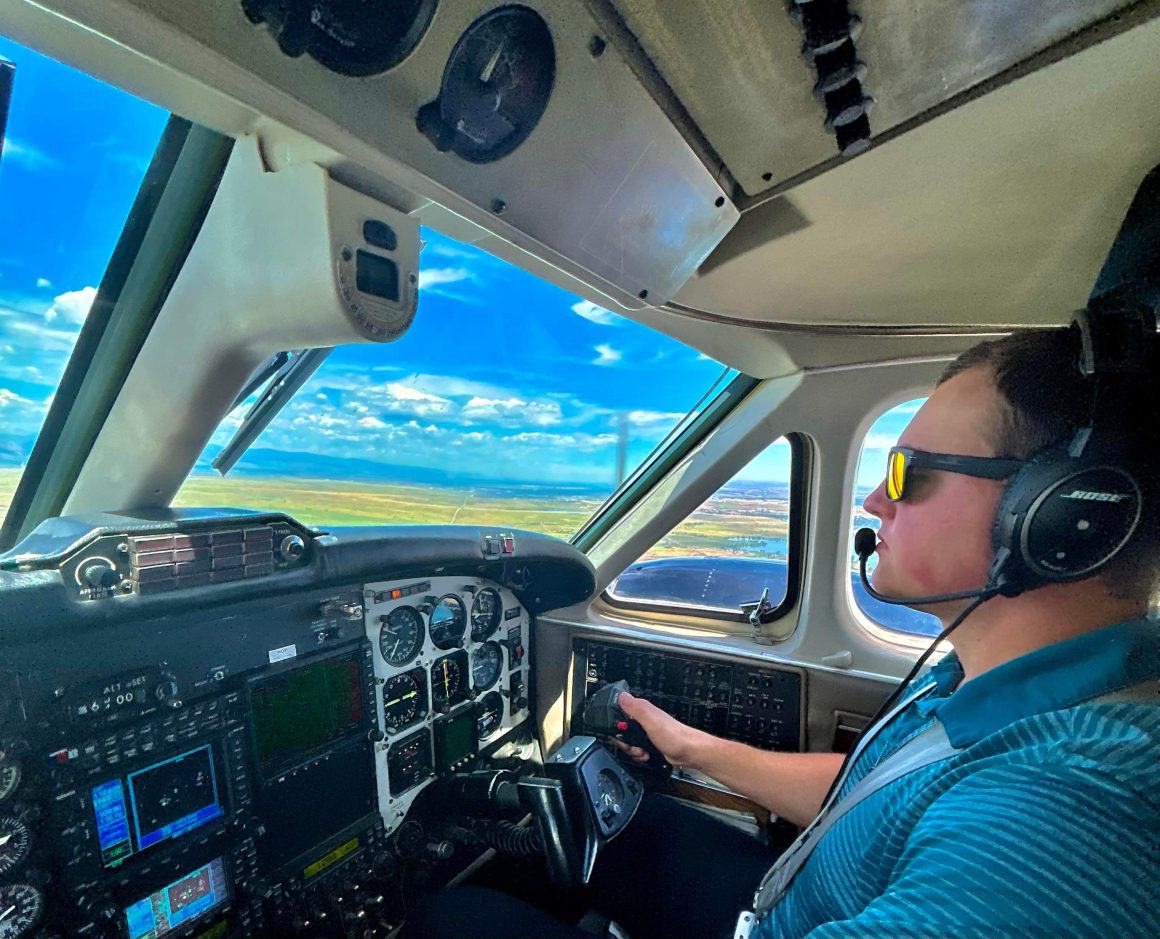
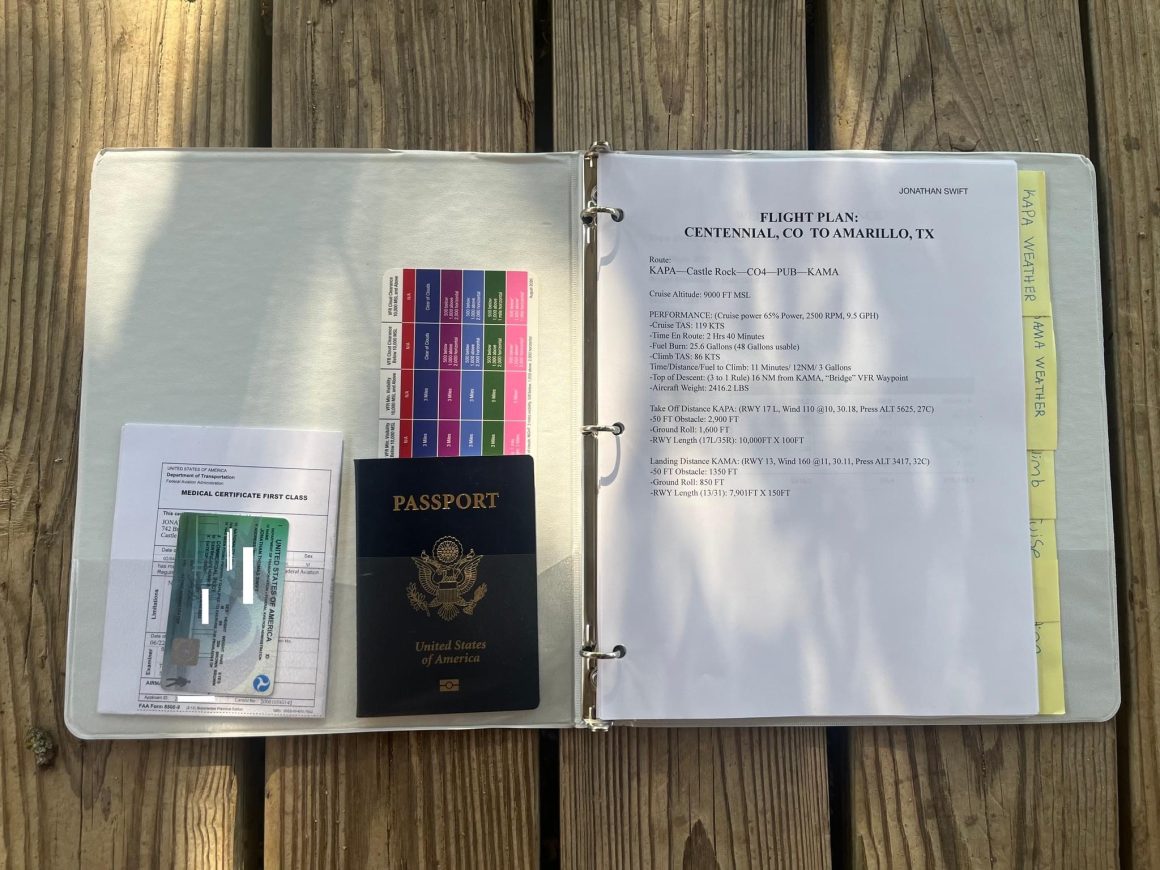
The first few pages had basic info, weight and balance, that sort of stuff. Then tabbed after was weather, airport info, NOTAMS, alternates, all that. Also added personal minimums and the preflight acronyms you learn in ppl. Just to show I don’t look over anything when planning a flight.
I printed out a screenshot of departure and destination airport weather info. Also grabbed screenshots from ForeFlight that included any weather, temps, pressures, and altitudes that I used in preflight planning. METARs, TAFs, hourly reports, winds a loft, that sort of thing. Any piece of info from these resources that were used in calculating TAS, takeoff and landing distances, fuel burn, I printed and included.
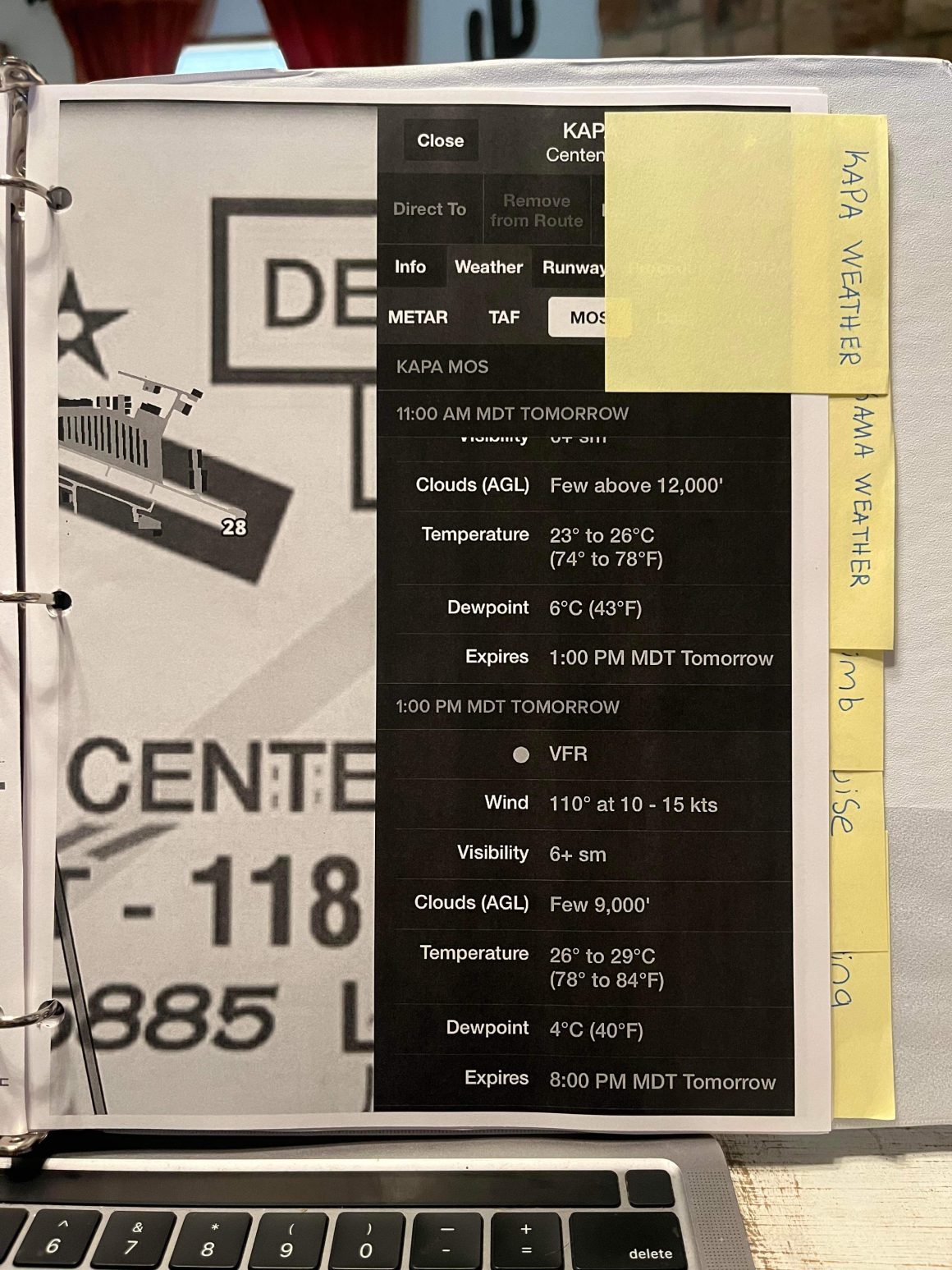
For the performance charts I used the charts and wrote the lines in ForeFlight. I screenshot them, and printed them out. Takeoff, landing, fuel burn, TAS, all of them. I went to the performance charts section of the POH and did every single relevant one.
I don’t know how most people prepare for interviews or what is expected for most. This is just what I did and they were happy with my finished product.
Arriving for the interview
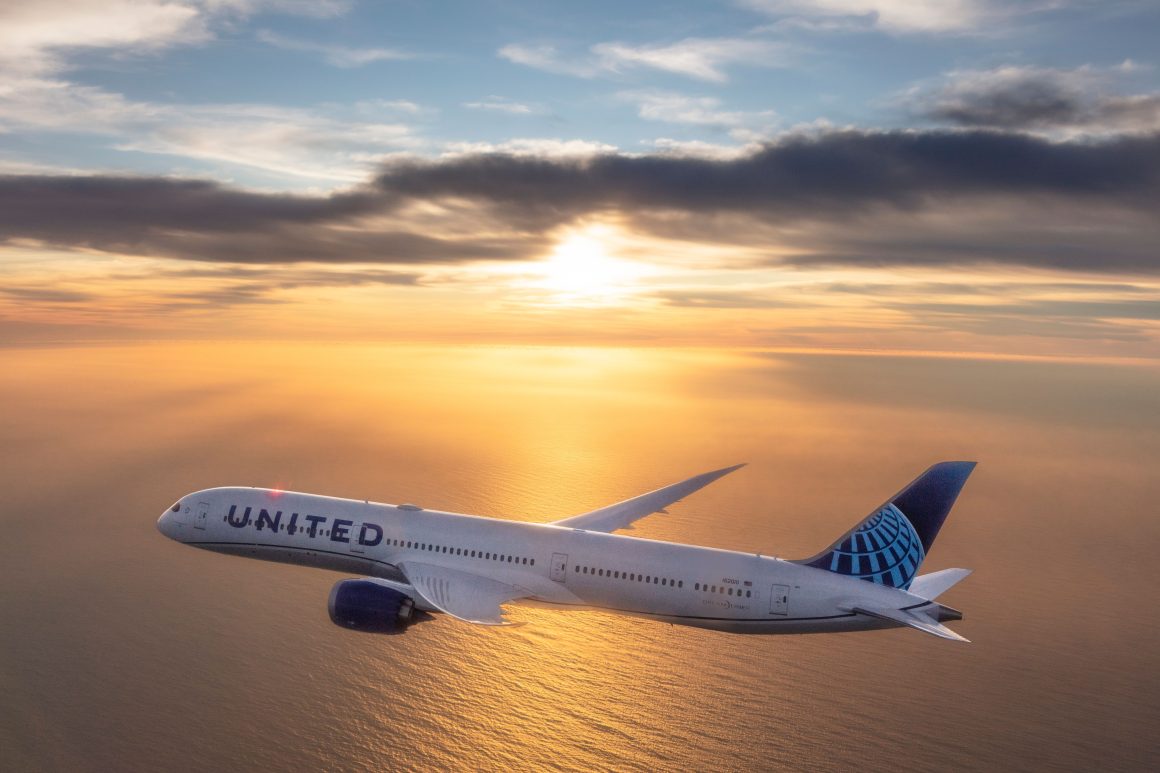
When I arrived, United directed me to the cafeteria to wait with other folks who were interviewing. This is where two things hit me: I was a little under dressed with my slacks, button-up and tie. Everyone else had a sport coat. I was also the only guy interviewing for the AVIATE program. Two of the other guys were active duty military pilots. Another guy was an ATLAS 747 FO, and the rest were regional guys.
Intimidating? yes! All I had was a few months experience right seat in various King Airs. But the guys were great to talk with and it eased my tension.
We were taken down a hall where we left our bags, as well as logbooks and notebooks for them to review. The pilot walking us through was nice, had us all introduce ourselves, and then took us to their little museum. It was pretty fun actually. We were offered complimentary coffee, then brought to a room where the pilot opened the floor to questions from us. Very casual, and it definitely relaxed me.
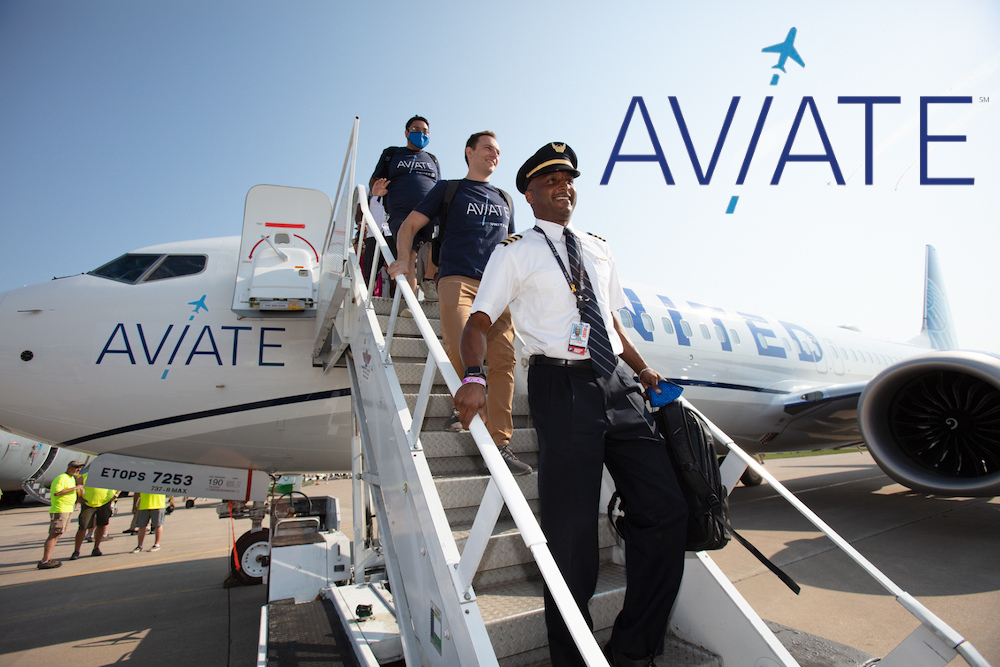
Interview time
The interviewers consisted of one HR rep and one current pilot for each of us. They pulled us out one-by-one for the HR portion. I had a few good stories for the “tell me about a time” but felt like I crapped the bed on one or two of them. They gave me a short break, before returning for the technical portion.
I had my notebook ready, but he hardly asked me about anything in it. My gut feeling was he already looked through it, because every major point that I was expected to prepare and explain, he passed over. I had every one of those details and more already considered and laid out in the notebook.
So he found some random things to ask me, to gauge how I consider things like where I would land in certain emergencies if you had to choose between these two airports. He asked, “can you fly through this MOA?”, and “what is required to fly through the Bravo [airspace] here? I chose Centennial airport (KAPA) as my origin airport because I knew that this guy living in Denver would be very familiar with it. It’s also my favorite airport to fly out of.
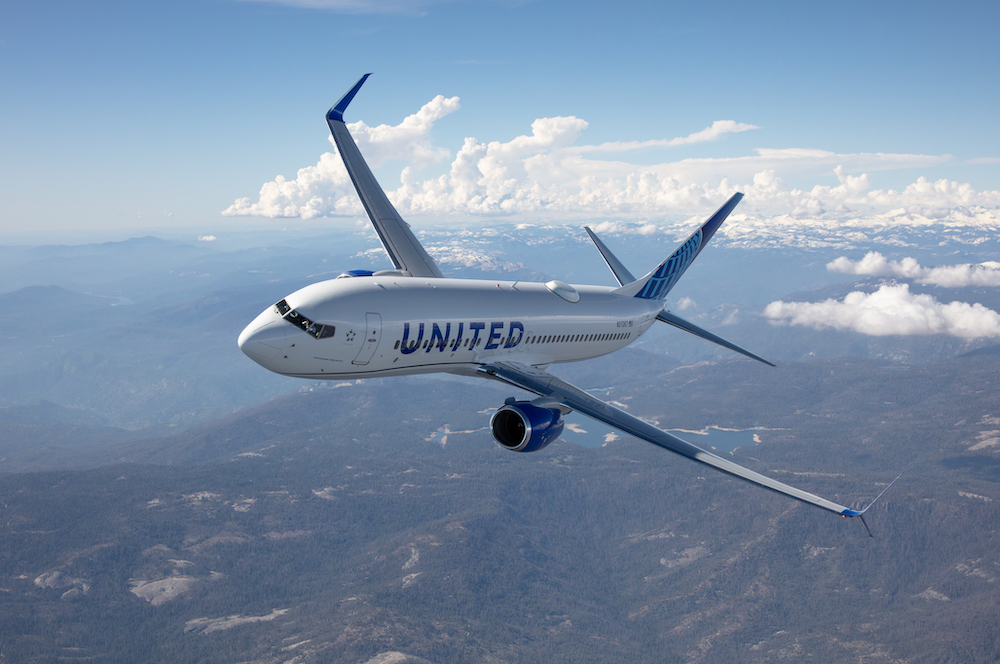
Personally, I didn’t even have to look at the map to know all the airspace and altitudes there. Plus I had rented a plane out of KAPA for a flight the night before, so the place was fresh in my mind.
He then asked the expected “Why United” and then opened the floor to any questions I had. I asked how he ended up flying for the company, knowing that pilots love to talk about their experiences.
After the interview
After the interview, we shook hands and he walked me out of the offices. He did comment that my logbooks were messy and to be cautious of that in the future. I was aware, and got a better and more carefully written logbook after I finished my last checkride.
After that I walked the halls aimlessly and got lost trying to find the coffee room. In the cafeteria I saw the pilot that had guided us through that morning. I thanked him for the experience, explained it was my first interview, and told him I appreciated him helping me feel comfortable and welcomed.
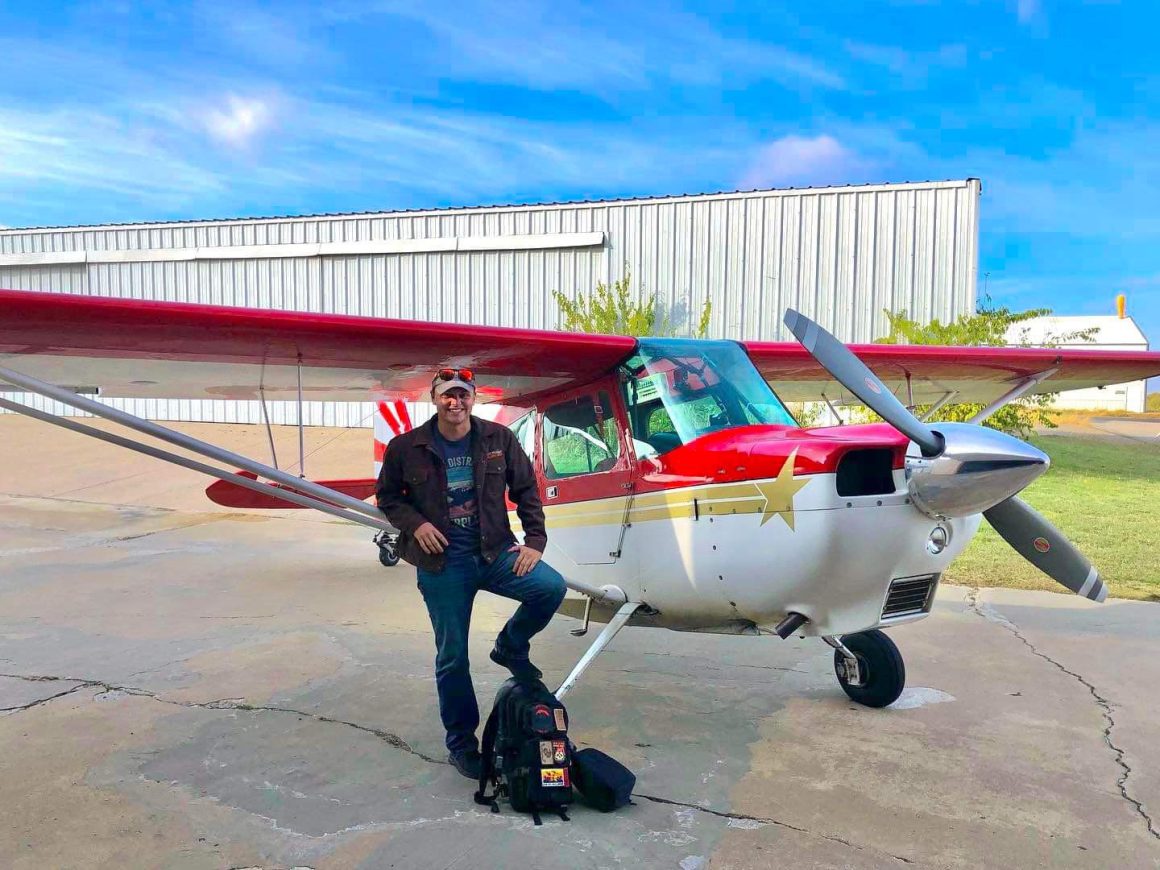
I got the email a week later that I was accepted. Overall, a great experience and feel for what it’s like to sit at the table with a huge company and try to sell myself. I grew up working on ranches and at small companies, so I have never had an experience at a large company. Even with the King Airs, I just showed up and had a casual and personal conversation with the boss because it was a small family owned charter company.
I enjoyed it, and hope this gives some insight for others trying to get a start in aviation. Not everyone has friends or family who know the industry to guide them.
All photos courtesy of United Airlines and Jonathan Swift. We wish him the best in his journey to becoming an airline pilot!

